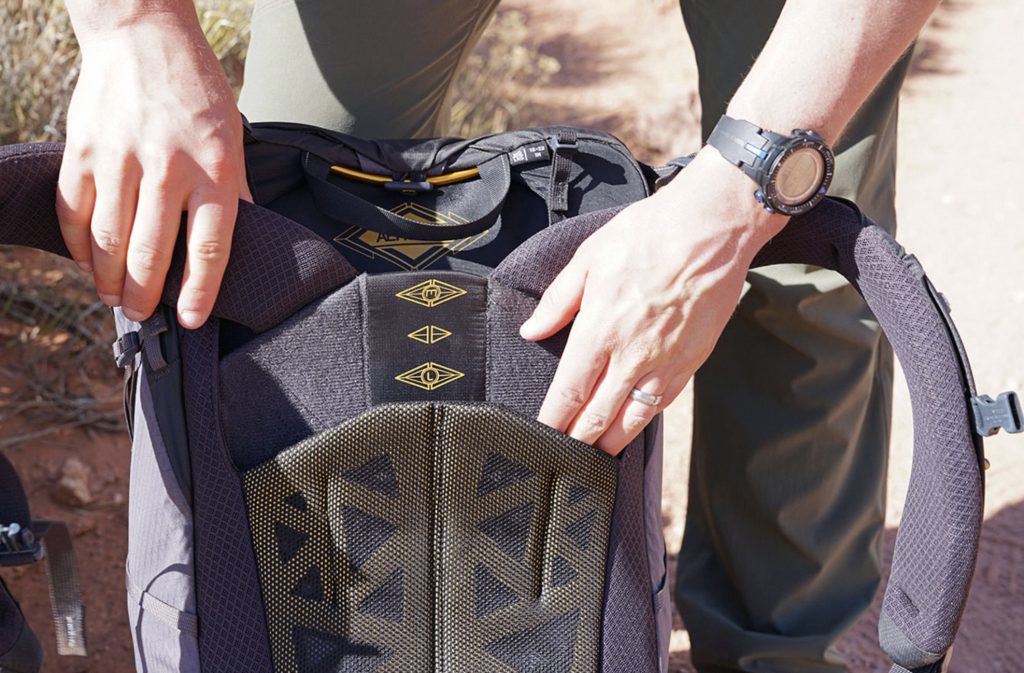How to Fit a Backpack: Expert Tips for Optimal Comfort
Introduction
A properly fitted backpack is vital for comfort and efficiency, whether hiking a mountain trail or navigating an urban commute. An ill-fitting backpack can lead to muscle strain, fatigue, and even long-term injury. This comprehensive guide, informed by ergonomic experts, outdoor educators, and seasoned backpackers, will explain how to fit a backpack to ensure maximum comfort and optimal load distribution.

I. Understanding Backpack Anatomy and Key Adjustments
Before delving into fitting techniques, it’s important to understand the anatomy of a backpack. Key components include the shoulder straps, hip belt, load lifters, and sternum strap. Each plays a critical role in weight distribution and overall fit. Outdoor gear specialists emphasize the importance of these features, as they can be adjusted to tailor the backpack to the individual’s body.
II. How to Fit a Backpack: Measuring Torso Length
A crucial step in fitting a backpack is determining your torso length, not your height. This measurement dictates which backpack size is right for you. Professional backpack fitters use a flexible tape measure to calculate the distance from the C7 vertebra, the bony bump at the base of the neck, to the iliac crest at the top of the hip bones. This measurement guides the selection of a correctly sized backpack.
III. Adjusting the Shoulder Straps for Support
The shoulder straps should contour to your shoulders, starting just below the C7 vertebra and wrapping around your shoulders without any gaps. Ergonomic specialists advise that the straps should carry about 30% of the pack’s weight, with the remainder resting on the hips. Straps should be tightened so that the backpack sits close to the body, providing stability without hindering movement.
IV. Positioning the Hip Belt for Load Distribution
The hip belt is designed to bear the majority of the backpack’s weight. Backpacking instructors recommend positioning the hip belt so that it sits on top of the hips, allowing the padded sections to wrap comfortably around the iliac crest. The belt should be tightened firmly but comfortably, distributing weight evenly across the hips and reducing pressure on the shoulders and spine.
V. Fine-Tuning with Load Lifters and Sternum Strap
Load lifters, located just below the top of the shoulder straps, should be adjusted to create a 45-degree angle between the straps and the top of the backpack. This adjustment pulls the weight closer to the body, improving balance.
VI. How to Fit a Backpack: Assessing Overall Comfort
Once all adjustments have been made, the wearer should assess the overall comfort of the backpack. Movement should be unencumbered, and there should be no pinching, chafing, or undue pressure points. Experienced backpack wearers often suggest walking around with a loaded pack, making minor adjustments to fine-tune the fit.
VII. Packing Tips for Balanced Load Distribution
How a backpack is packed can also affect its fit. Weight distribution experts recommend placing heavier items close to the back and centered between the shoulder blades for optimal balance. Lighter items should fill the bottom and the top of the pack, with frequently used items accessible in the top or side pockets.
VIII. The Importance of Regular Fit Assessments
Even with a properly fitted backpack, changes in load, wear and tear, and the wearer’s physical condition can necessitate fit adjustments over time. Outdoor education professionals stress the importance of regular fit assessments, especially before embarking on a new trip or after changes to gear.
IX. Conclusion
Knowing how to fit a backpack is essential for comfort and injury prevention. By following these expert tips on measuring torso length, adjusting straps and load, and assessing overall comfort, individuals can achieve an optimal backpack fit. Remember that a well-fitted backpack not only enhances your experience but also protects your body, allowing you to enjoy your adventures to the fullest.
